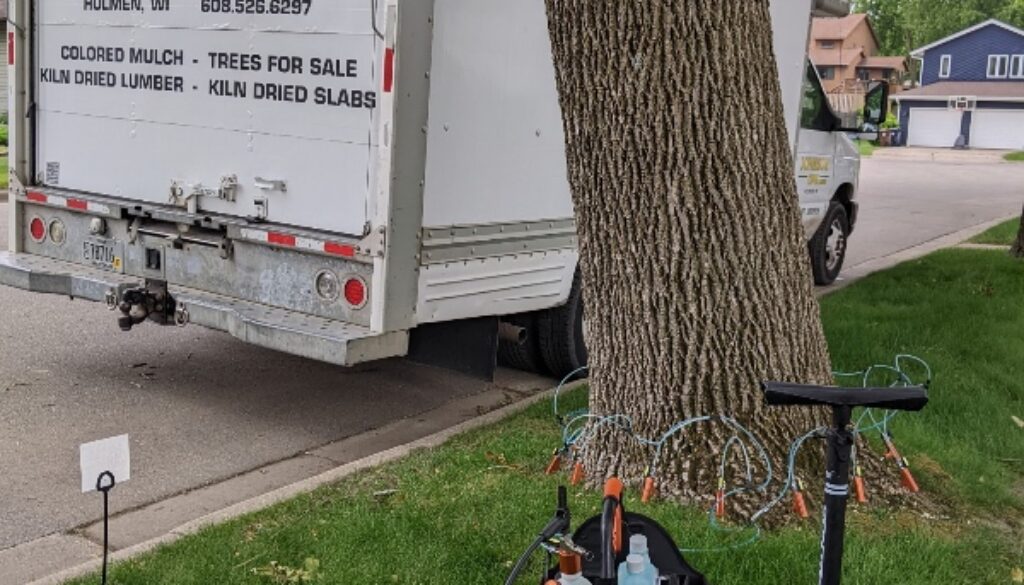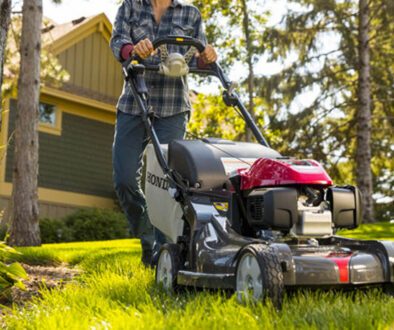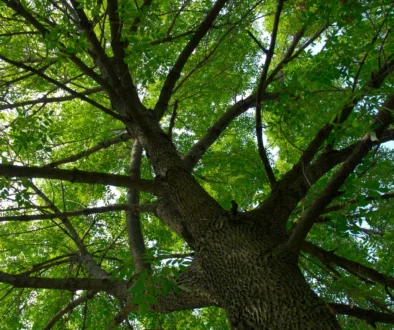Tree Health Assessment
Why do I need a Tree Health Assessment. Trees offer a variety of benefits for your property. Besides supplying oxygen, shade, and fruit, trees also capture dust, helping to maintain a clean environment in your home. However, it is essential for your tree to remain healthy in order to enjoy these advantages. If not, the tree may perish and negatively impact your property.
What steps can you take to keep your tree healthy? Once a tree has matured, you might not have to do much. Still, performing a tree health check can help ensure that the trees in your yard receive adequate nutrients and thrive in optimal health.
What is Tree Health Assessment?
A tree health assessment methodically examines each component of a tree to evaluate its growth health. Typically, mature trees aged 20 years or older undergo this assessment. During the tree health inspection, factors such as the tree’s overall health, structural soundness, vitality, and safe, useful life expectancy are evaluated. The primary objective of conducting a tree assessment is to guarantee the safety of the entire community. The second major concern in this process is to maintain the trees’ health and preserve their appearance.
Why is a Tree Inspection Performed?
In the majority of tree inspection scenarios, the structural integrity of a tree is the foremost concern. Trees, as substantial entities, are susceptible to damage from natural disasters such as storms, tornadoes, lightning strikes, and typhoons. Although trees can withstand such adversities and safeguard your property, their structural integrity may be significantly compromised. Nevertheless, there are instances when trees may experience poor health, leading to the death or decay of their limbs. In any situation, damaged branches and tree limbs can present serious risk factors. Therefore, conducting a tree inspection is essential.
Assessing the Condition of a Tree
In most cases, you may not notice your tree’s problems unless it’s glaringly obvious. A decaying tree trunk, dangerously hanging tree limbs, or a major break in the trunk are prime reasons for you to get a tree health inspection service.
However, the problem may have been going on for a long time. If the assessment is done earlier, the tree could be saved and live for more years. So, it is necessary to assess tree conditions regularly.
How Often Does Tree Health Assessment Need to be Performed?
The frequency of tree health assessments depends on several factors, but generally, a yearly assessment is recommended. More frequent checks, perhaps even seasonally, might be needed for older trees, those in high-risk areas, or after severe weather events
What to do After a Tree Health Assessment?
After a tree health assessment, the next steps depend on the arborist’s recommendations, which may include pruning, pest control, or even tree removal. Following these recommendations is crucial for maintaining tree health and safety
Early Signs of an Unhealthy Tree
Detecting if your tree is unhealthy may be hard for you. However, if you see the following signs, make sure to consult an arborist to ensure the health of your precious tree.
- Broken and/ or dead branches
- Significant leaning of a tree
- Epicormic growth (sprouting branches midway along the branches or the trunk)
- Canopy thinning
- Bite marks or holes in leaves
- Changing leaf color in the wrong season
- Loosening of tree bark
- Root decay was identified by fungi growth at the tree base
- Improper leaf shape
When Should You Call an Arborist?
Taking necessary precautions with your trees helps you maintain them in optimum condition while saving money by reducing property damage and tree removal costs. Therefore, you should consider calling an arborist regularly.
If you are concerned about the health of a tree on your property, it is best to consult a certified arborist call Johnson Ops Tree Care at 608 526-6297. Our Certified Arborists can provide a comprehensive tree health assessment and make recommendations for the best course of action to ensure proper tree management.




